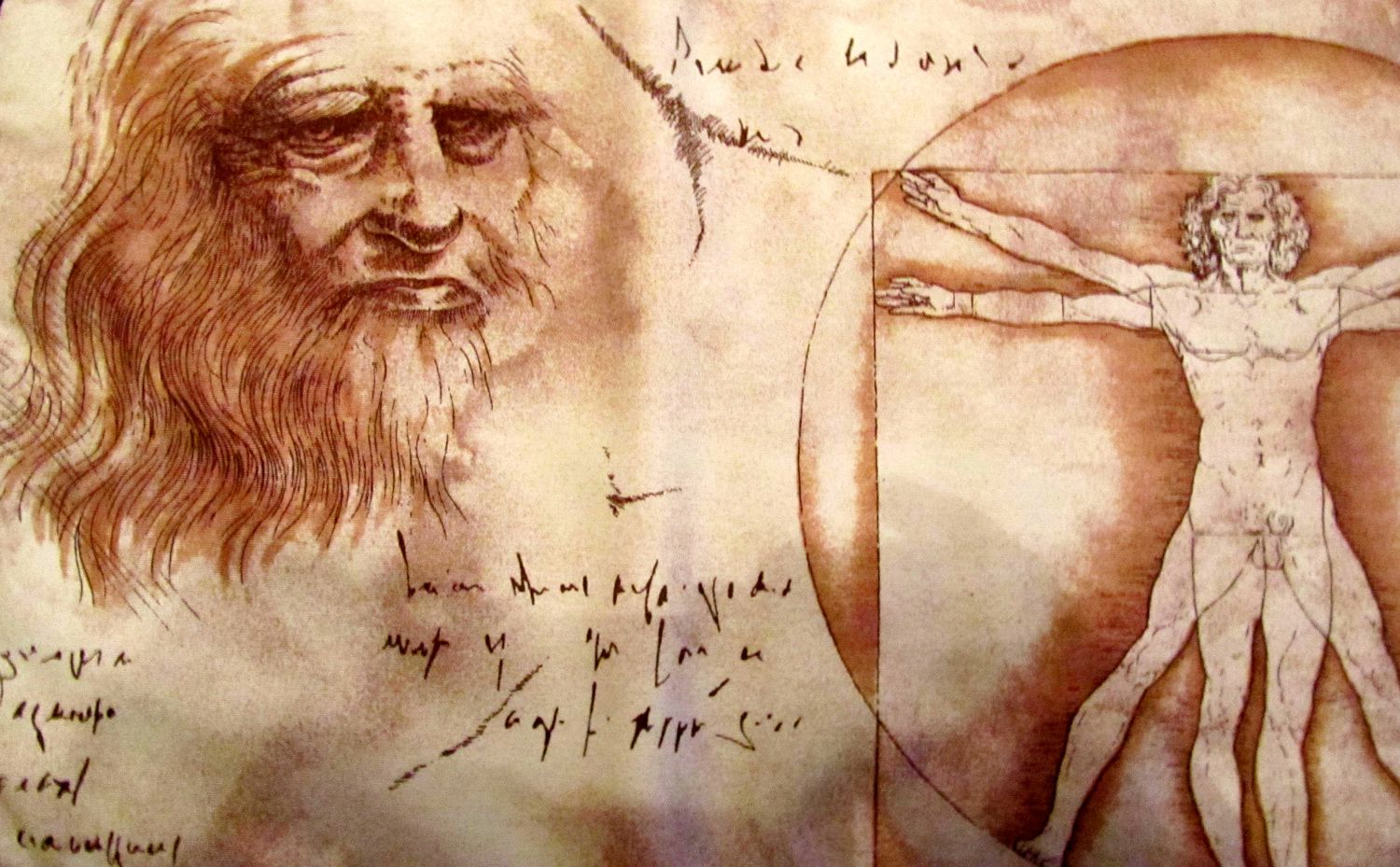
Some months ago, I read a new biography of Leonardo da Vinci and one of the facts that interested me most about this Renaissance giant was that one of his favourite mottos was "Ostinato Rigore".
Undoubtedly, that idea of unrelenting rigor marked the life of this brilliant artist, scientist, hydraulic and military engineer. Leonardo looked for perfection and beauty with such obstinacy that it caused him great suffering and limited the number of his incredible works.
We could propose a definition for rigor saying that it consists in the disciplined application of reason to subjects related to knowledge and or communication.
Rigor is many things. It is dissatisfaction with uncertainty, with inaccurate answers, with unprecise measurements, with the spread between the plus and the minus.
Rigor is also being methodical commitment to experimental procedure, to the need of controlling all parameters that can affect the results of our tests.
But rigor is also strict adherence to the truth, it is to disrobe ourselves of our prejudices and enthusiasm when we interpret our results, it is to search for all possible explanations of what we observe, it is accepting a result that demonstrates the fallacy of our most precious hypothesis
Rigor is an attitude that contrasts with the weaknesses of human nature, does not allow laziness, the lack of attention, the acceptance of inexact methods, the adoption of groundless conclusions, accepting the predominant opinion despite the lack of data which sustain it. A famous biochemist, Dr. Efraim Racker, once said “there’s nothing sadder that an ugly fact destroying a beautiful idea”. Rigor demands us to accept the destruction of that beautiful idea by facts.
Rigor is in the essence of scientific work, in each one of the stages of the research work. Rigor implies a structured and controlled way of planning, developing, analyzing and evaluating our research and a special care in adapting the presentation of the results to the demands of the audience we communicate the results of our investigations.
Let’s review step by step the stages of research and how rigor influences them.
The rest of this article: http://www.ejbiotechnology.info/index.php/ejbiotechnology/article/view/1112/1494
